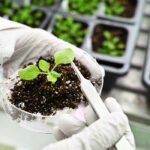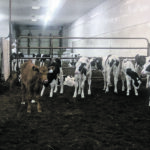U.S. researchers found that female calves born to stressed cows can go on to be less productive throughout their lives
This past summer was like few others for heat-related impacts on agriculture. Now, a new study from the University of Florida has added to the understanding of heat stress effects on pregnant dairy cows, not only on the unborn calf but throughout its lifespan and across generations. The experiments were conducted during the summers of […] Read moreStories by Freelance writer

Canadians living with rationing in wartime
Shortages of everything from food to fuel and even paper meant the nation’s homes had to do with less
Rationing was in effect during both the First and Second World Wars, making it hard to obtain sugar, butter, eggs and other scarce food items that were needed to help feed the men fighting overseas. “For five long years during the Second World War and beyond, consumption of sugar, meat and dairy products was restricted […] Read more
Life on the homefront meant working and making life work
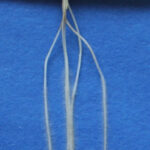
Discovery of mutant barley with roots drawn to gravity
None of this sideways, roaming roots that only hunt for water and nutrients near the surface — these go straight down
The ability of plant roots to efficiently access water and nutrients sets up strong plant health and resilience to weather events such as heat waves and drought. Now, researchers from the universities of Bonn in Germany and Bologna, Italy, as well as colleagues in the United Kingdom have discovered a mutant in barley in which […] Read more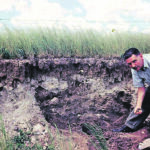
Hall of famers remembered on Nov. 11

New ways to estimate climate change effects on agriculture
Tools used to measure what happens in farming when the climate shifts, haven’t been accurate enough
Climate change will likely have profound impacts on agriculture, some beneficial while others possibly more dire. That lack of clarity can make it hard for scientists and policy makers to come up with strategies that could help the industry avoid or at least ease some of the pressing issues. Recently, agricultural economists at the University […] Read more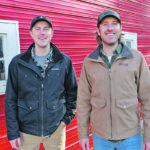
Website makes farm visits easier
An Alberta family figured out how to better connect non-farmers who wanted to visit a farm with interested producers
FERINTOSH, Alta. — The creators of the website Farmzy hope the site will make it easy for farmers and farm visitors to connect. Two years ago, brothers and farmers Matt and Graham Graff launched their website after realizing people want to visit farms, but don’t know how to reach out to farmers. Farmzy is now […] Read more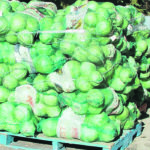
Making sauerkraut not for the faint of heart
The initial odour was forgotten when a steaming platter of sauerkraut and smoked sausage was served on a cold day
As I drove past a wholesale vegetable outlet I noticed several pallets of cabbages waiting to be delivered to various grocery stores. I remembered my mother looking out over the garden in fall and deciding that something had to be done with the few remaining cabbage heads before the first severe frost. Out came the […] Read more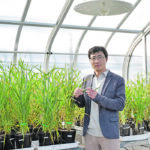
New discovery could help increase barley yields
Researchers found removing a protein converted an unbranched barley spike into a branched spike bearing more flowers
Australian scientists have identified a mechanism in barley that could help growers improve yields, even as global temperatures are projected to rise. At the University of Adelaide’s Waite Research Institute, researchers collaborated with the Shanghai Jiao Tong University’s Joint Lab for Plant Science and Breeding to find ways to increase seed production in plants that […] Read more